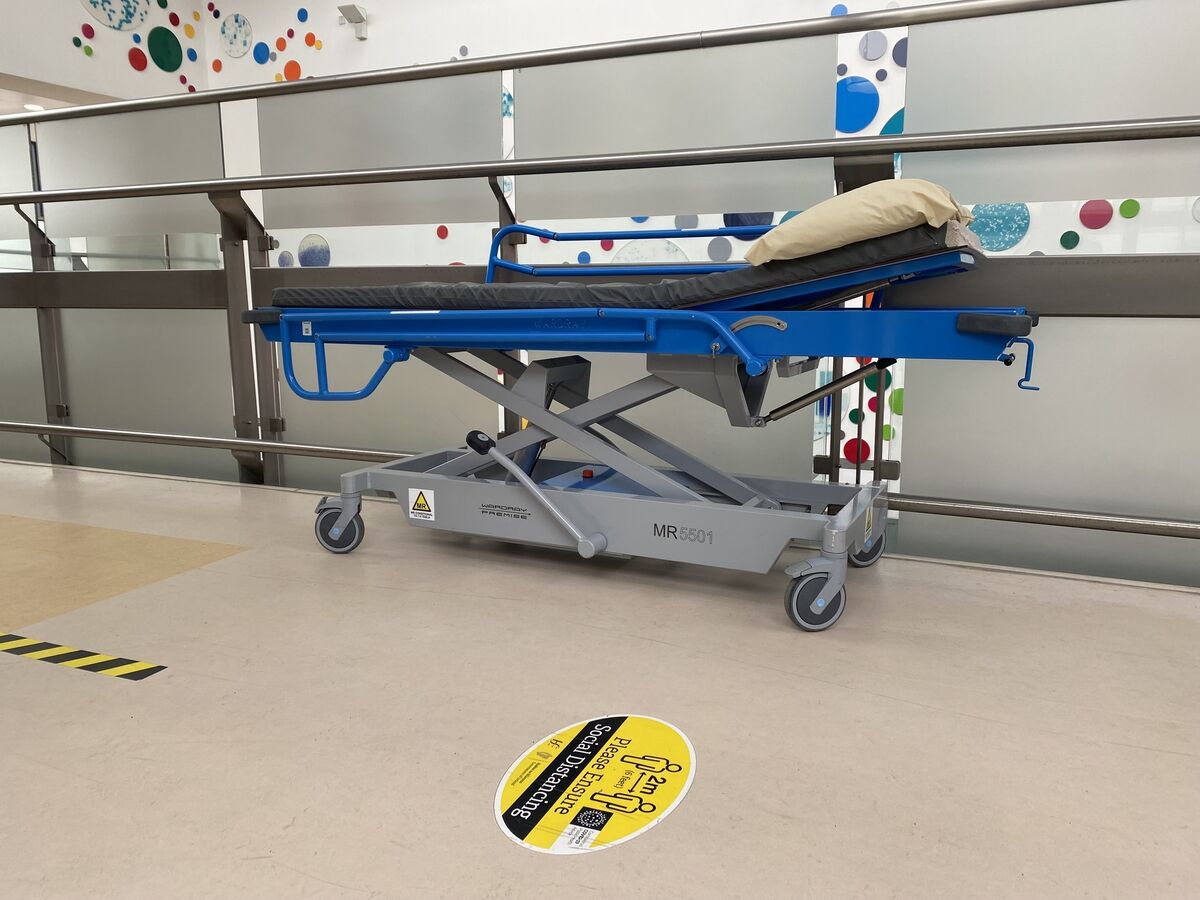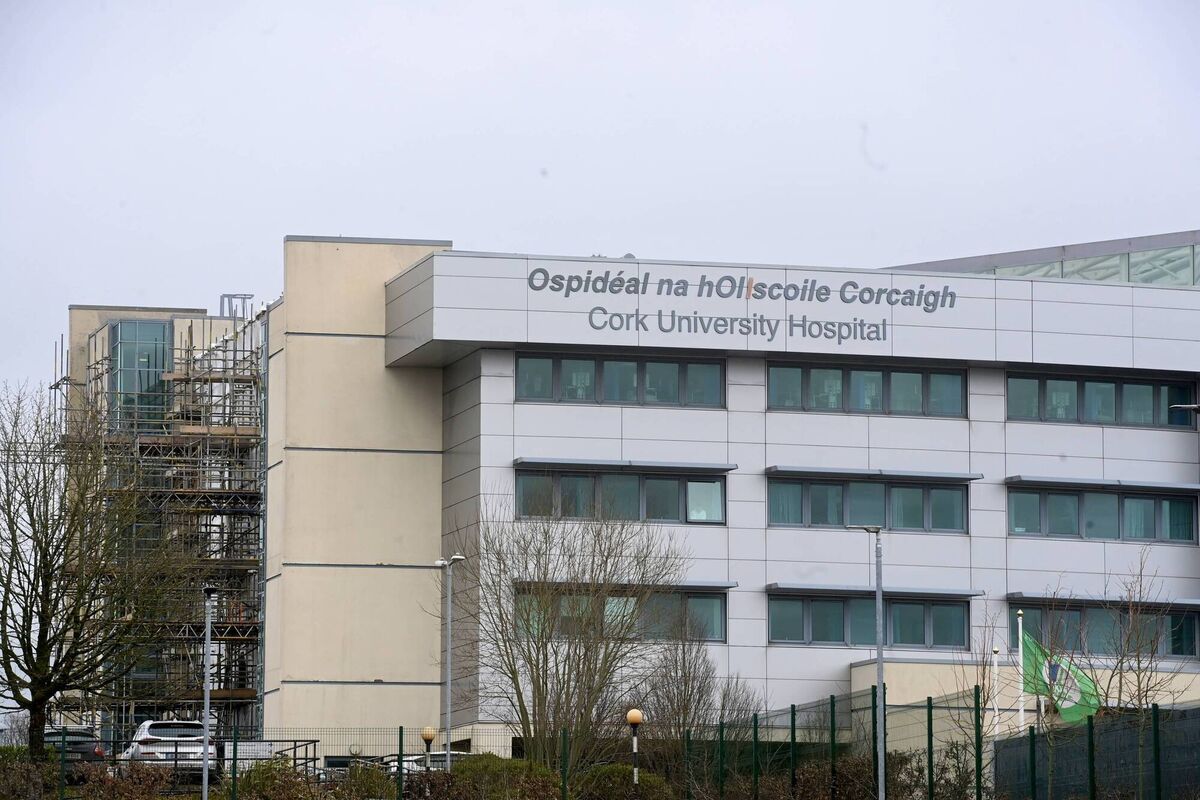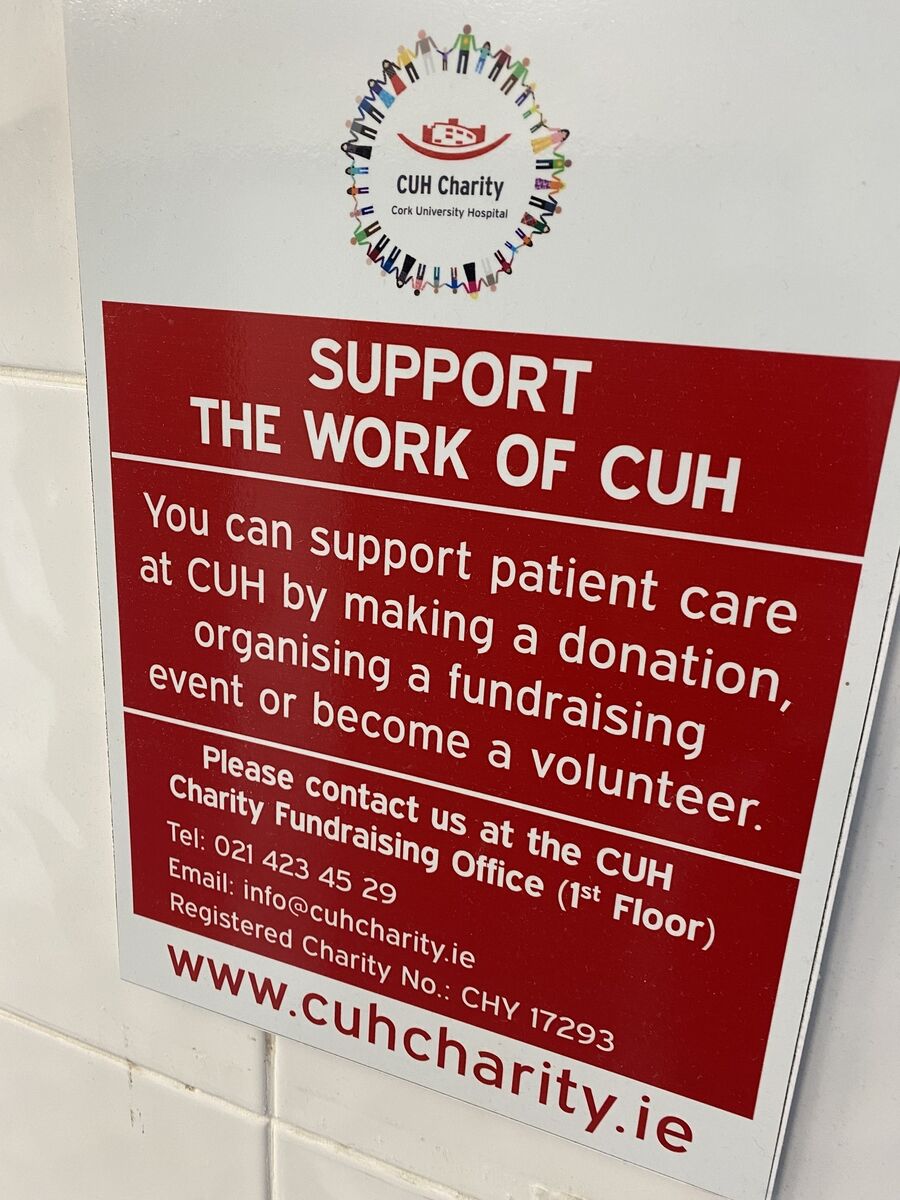Mick Clifford: CUH survey of vital department uncovered culture of bullying and staff put under severe pressure

It is obvious that serious problems exist in a vital department in the health service and there does not appear to be urgency in addressing the problems. Pictures: Larry Cummins
A cultural survey is not unusual in the world of work today.
So it was no surprise on one level that Cork University Hospital (CUH) commissioned a survey of its pathology department last year.
The survey is designed to find out how staff and management are getting on, whether people are happy and productive in their work and what kind of atmosphere prevails.
The results of this survey were concerning.

What emerged was a culture of bullying, the absence of trust, some staff being put under severe pressure, and an approach to private work that has created resentment among those on the staff not benefiting from such work.
When the queried the results, CUH issued a statement claiming the survey was part of a “pilot” project as part of a “planned initiative to enhance our attraction and retention strategy across CUH".
If that is correct, then the results must have come as a shock.
However, far from it being a routine or planned survey, an investigation by the suggests the survey was conducted in pathology because of informal complaints and a general feeling much was not right within the department.
The pathology department at CUH does vital work centred on the scientific study of disease.
To that extent, the discipline is to a large extent the basis for the understanding and practices of modern medicine.
The CUH department serves the southwest of the country, including referrals from hospitals in Limerick, Waterford, and Kerry, and also caters to parts of south Leinster.
About a quarter of the department’s workload currently originates in CUH itself.
It provides pathology services for cancer services and processes and reports more than 90,000 specimens a year.
The department has a professional staff of more than 100 people, ranging across areas of science and medicine.
There were allegations of bullying and of the amount of hospital time that was being spent on private work.
Informal complaints were made to management in CUH, with at least one being anonymous, but quite obviously originating in the department.
Gravity Consultants were drafted in to do the cultural survey.
It interviewed at least 79 of the staff on a whole range of issues.
Among its findings were:
- Right across the department, regardless of role, there was a high level of dissatisfaction within the department, with most respondents putting themselves in the “extremely dissatisfied” category;
- There was an imbalance between public and private work. This narrative was expressed several times during the report and seems to be impacting general workloads and stress levels significantly;
- It appears there was a "real lack of a vision" within the department, or at least one that people were aware of;
- Some indicated they felt pushed into signing off competencies for tasks or taking risks despite highlighting their lack of comfort;
- There was a feeling some people “get away” with poor performance while others were pulled up for small infractions;
- There was “strong commentary” in responses that some consultants “can do what they want with no repercussions”;
- The communication style of some within the department was "aggressive and shouting happens regularly”;
- In terms of leaders acknowledging the performance of staff, “there appears to be more of a focus on what hasn’t been done than what has been done”;
- Scientists within the department felt “the focus is too much on quantity and not quality, which will ultimately affect patient care". This sentiment, the report noted, was not shared by the chief scientists;
- There appeared to be a "lack of trust" between staff and leadership but also between scientific staff and some medical consultants.
- People were stretched and this was not sustainable, with staff reaching a burnout stage. Phrases such as a "sinking ship" highlighted this.
All staff were presented with an executive summary of the report soon after it was published last July.
The full report is not being circulated, according to CUH, “given the likelihood of staff identification from the contributions to the review”, according to a statement issued by CUH in response to a number of detailed questions submitted by the .

The statement also suggested changes had taken place over the last six months.
“The process to date has identified opportunities for improvement related to culture, processes, and direction (related to vision, mission, and strategy),” the statement read.
That sounds encouraging, if vague.
However, several sources in CUH have suggested little change of substance has taken place since the cultural survey.
On February 20, the detailed questions about the department were submitted by this newspaper.
Two days later, senior management at CUH addressed a full meeting of staff in the Pathology Department about changes that needed to happen.
This was referenced obliquely in the statement issued by CUH on Monday.
“As recently as last week, a new mission, vision, and values has been agreed with the staff and strategic objectives for the next 12-36 months are being developed,” the statement read.
“This will be supported with development programmes at all levels.”

Several questions arise from the survey and the CUH statement.
If, as suggested in the statement, the survey was conducted as a routine pilot project, then surely the results must have been shocking.
If, on the other hand, it was conducted in response to concerns about the culture in the department, the results may not have been shocking.
One way or the other, the results quite obviously demanded immediate action.
The indications are such action was not taken, certainly not to the degree that was required.
Why, seven months after the report was published, and two days after the hospital was alerted to the fact the report was known to a media outlet, was a staff meeting called and a new vision outlined?
Is the hospital firefighting with public relations?
What is obvious is that serious problems exist in a vital department in the health service and there does not appear to be urgency in addressing the problems.











